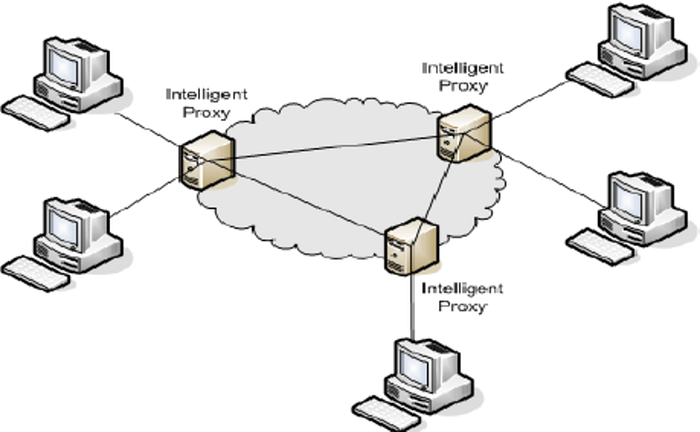As data is increasingly generated at the edge — from cameras, sensors, IoT devices, autonomous vehicles, and mobile phones — sending all this data back to centralized servers is no longer viable.
According to IDC (2024):
By 2027, over 55% of AI data will be processed at the edge rather than in centralized clouds.
This shift demands a new kind of network architecture that supports:
- Ultra-low latency (sub-millisecond)
- On-site data processing to offload the cloud
- Optimized bandwidth usage and on-prem security
Press enter or click to view image in full size


A Distributed Proxy Network deploys proxy nodes across edge locations instead of central hubs. With real-time AI integration, it enables:
- Localized data routing and behavioral filtering
- On-site compression, encryption, and initial data preprocessing
- Immediate AI inference from lightweight models deployed at the edge
- Avoidance of unnecessary data backhaul to central servers
Press enter or click to view image in full size

- Each vehicle produces >40TB of data daily (cameras, LIDAR, radar)
- Previously, most data was transmitted to centralized servers for processing
- Deployed ProxyAZ nodes across maintenance hubs
- Integrated edge-level AI to filter and classify data in real time
- Only critical or training-related data is sent back to the cloud
- Medical IoT devices generate real-time patient vitals 24/7
- Instant response required (e.g., for abnormal heart rate alerts)
- Smart proxies deployed inside the hospital
- AI models trained on local datasets trigger immediate alerts
- Only mission-critical events are sent to central systems

Edge AI architecture isn’t just about the model — it’s about how we capture, process, and secure data at the point of origin.
- Reduced processing and storage costs
- Faster AI response times
- Enhanced on-site data privacy and compliance
- Scalable regional deployment with resilient architecture
“Smarter AI Starts at the Proxy Layer — A DevOps Perspective on Model-Ready Data”
#EdgeAI #DistributedProxy #ProxyAZ #RealTimeAI #SmartCities #AIInfrastructure #EdgeComputing #CTOStrategy #BandwidthOptimization #IoTData #AIPrivacy #DataProcessing #LowLatencyAI #AI2025 #AutonomousDriving #SmartHospitals #AIatTheEdge

